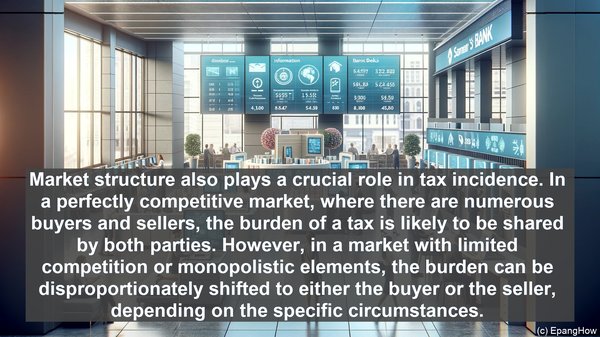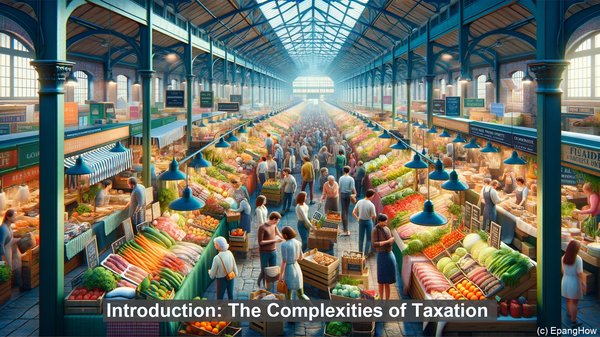Introduction: The Complexities of Taxation
Greetings, ladies and gentlemen! Taxation, a fundamental aspect of any economy, is often perceived as a labyrinth of complexities. Today, we’ll navigate through one such intricacy – the difference between tax incidence and tax burden. While these terms might sound similar, they have distinct meanings and implications. So, let’s embark on this enlightening journey!
Defining Tax Incidence: Who Bears the Brunt?
Tax incidence refers to the distribution of the tax burden among various parties involved in an economic transaction. It answers the question – who ultimately bears the economic cost of the tax? While it’s easy to assume that the party directly paying the tax bears the entire burden, the reality is often more nuanced. Tax incidence takes into account the elasticity of demand and supply, market dynamics, and the behavior of both buyers and sellers.

Understanding Tax Burden: The Actual Economic Impact
Tax burden, on the other hand, focuses on the overall impact of the tax on the economy. It encompasses not only the direct monetary cost but also the broader consequences. These consequences can include changes in consumer behavior, market distortions, and even long-term effects on economic growth. Tax burden, therefore, provides a holistic view of the implications of a tax policy.
Factors Influencing Tax Incidence
Several factors influence tax incidence. One of the key determinants is the elasticity of demand and supply. In a scenario where demand is highly elastic (responsive to price changes), such as for luxury goods, the burden of a tax is more likely to be shifted to the supplier. On the other hand, if demand is inelastic (insensitive to price changes), such as for essential goods, the burden is more likely to be borne by the consumer.
The Role of Market Structure
Market structure also plays a crucial role in tax incidence. In a perfectly competitive market, where there are numerous buyers and sellers, the burden of a tax is likely to be shared by both parties. However, in a market with limited competition or monopolistic elements, the burden can be disproportionately shifted to either the buyer or the seller, depending on the specific circumstances.

Tax Incidence and Economic Efficiency
Tax incidence has implications for economic efficiency as well. When a tax is levied, it can lead to what economists call ‘deadweight loss.’ This refers to the loss of economic welfare that occurs when the tax alters the behavior of buyers and sellers, leading to a suboptimal allocation of resources. Minimizing deadweight loss is a key consideration in designing tax policies that promote efficiency.
